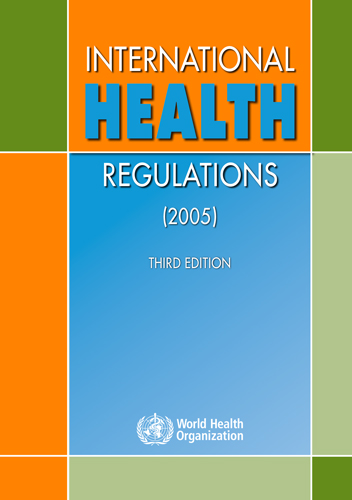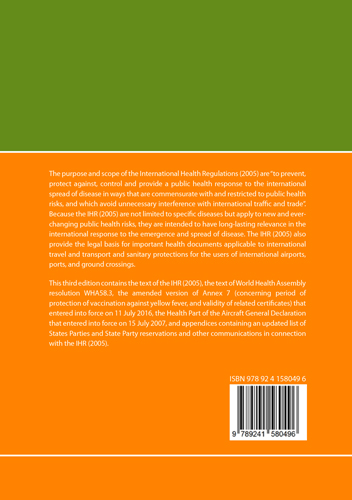International Health Regulations/Международные медико-санитарные правила
Издание на английском языке
The book is dedicated to the International Sanitary Regulations (IHR), which are managed by the World Health Organization (WHO). She describes the historical development of these regulations, starting with their initial adoption in 1969 and subsequent changes caused by new health threats and increased international travel and trade.
The key point is that the IHRS were revised in 2005 to adapt to modern challenges, including the possibility of new diseases. Regulations now cover not only specific diseases, but also any medical conditions that pose a danger to public health. The book also highlights the obligations of States in the field of public health, the need to notify WHO of emergencies, and the protection of human rights in the context of public health.
The main goal of the IHR is to prevent and control the international spread of diseases, while ensuring minimal interference with the international movement of people and goods. The book focuses on the importance of international cooperation and the readiness of countries to respond to global health threats, which makes IHR relevant and necessary in the context of a constantly changing epidemiological situation in the world.
Contents
Foreword
Revision of the International Health Regulations
Part I. Definitions, purpose and scope, principles and responsible authorities
Part II. Information and public health response
Part III. Recommendations
Part IV. Points of entry
Part V. Public health measures
Chapter I. General provisions
Chapter II. Special provisions for conveyances and conveyance operators
Chapter III. Special provisions for travellers
Chapter IV. Special provisions for goods, containers and container loading areas
Part VI. Health documents
Part VII. Charges
Part VIII. General provisions
Part IX. The IHR Roster of Experts, the Emergency
Committee and the Review Committee
Chapter I. The IHR Roster of Experts
Chapter II. The Emergency Committee
Chapter III. The Review Committee
Part X. Final provision




